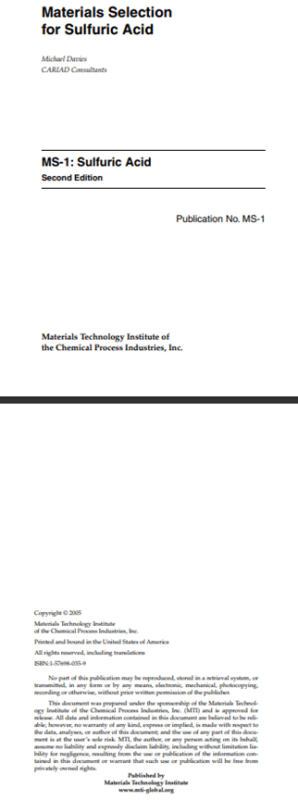PedroAssis
Mechanical
- Jun 5, 2015
- 2
Dear all,
I'm looking for a suitable pipe material for this application in a waste treatment plant but I couldn't find a solution so far.
Fluid: H2SO4 96%
Ambient temperature: -20 to 30 ºC
Fluid temperature: -20 to 30 ºC
Operating pressure: up to 3 barg
Do you know of a pipe material that has the required chemical resistance and is suitable for there operating temperatures?
Thank you very much
Pedro
I'm looking for a suitable pipe material for this application in a waste treatment plant but I couldn't find a solution so far.
Fluid: H2SO4 96%
Ambient temperature: -20 to 30 ºC
Fluid temperature: -20 to 30 ºC
Operating pressure: up to 3 barg
Do you know of a pipe material that has the required chemical resistance and is suitable for there operating temperatures?
Thank you very much
Pedro



